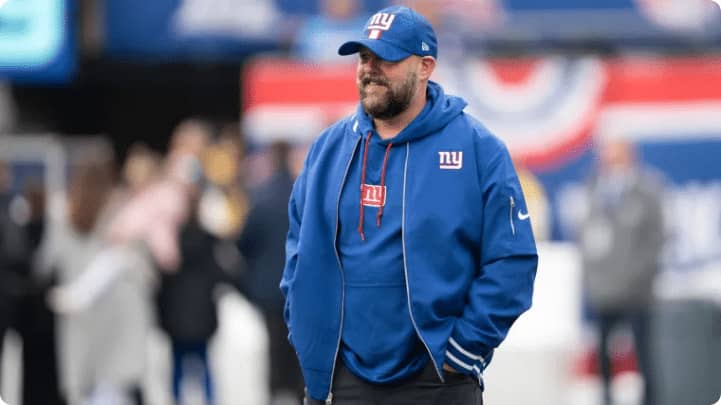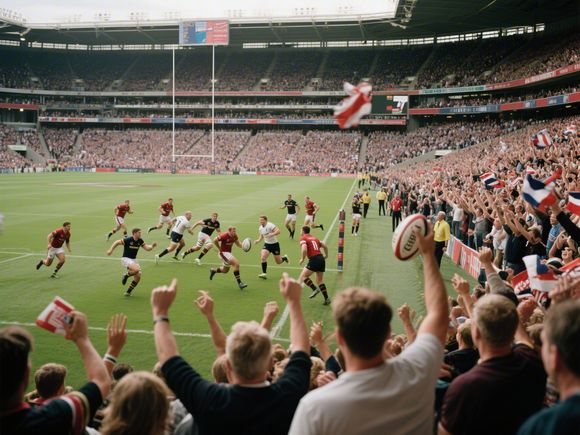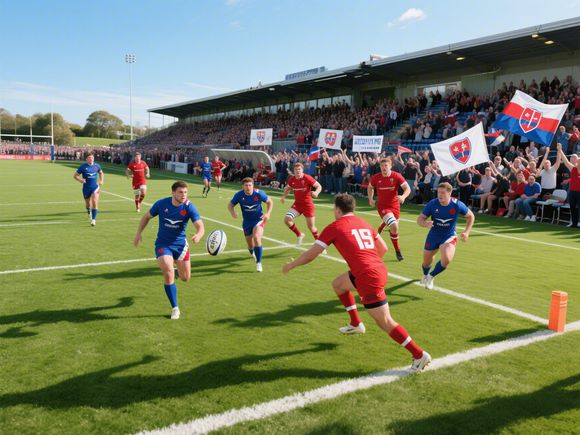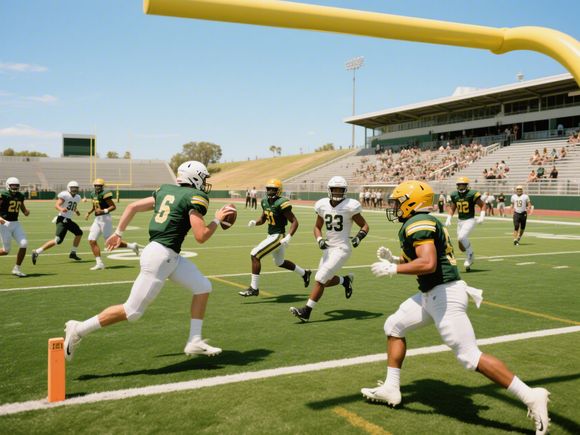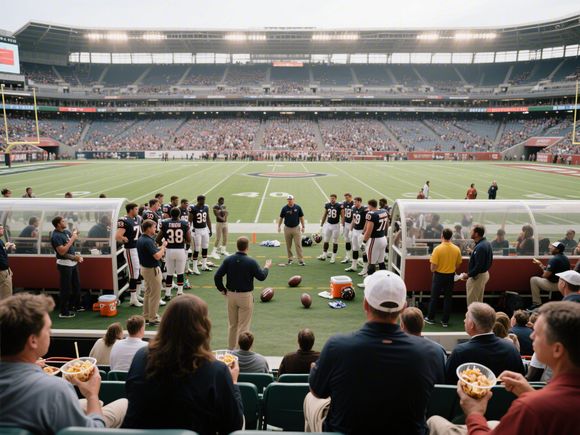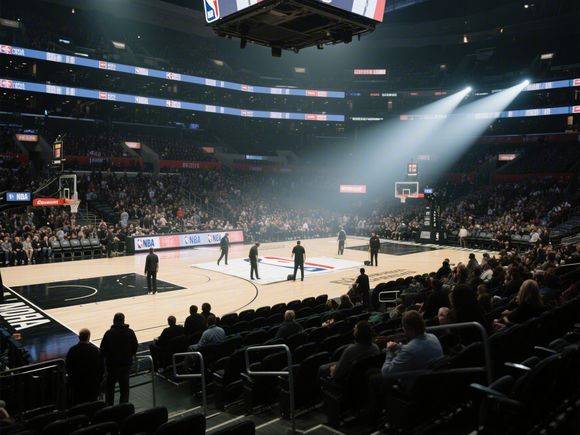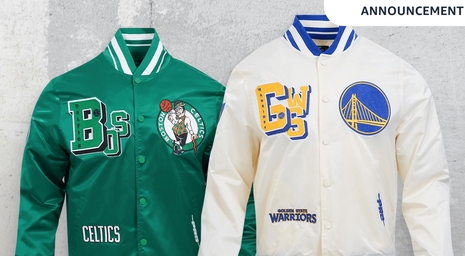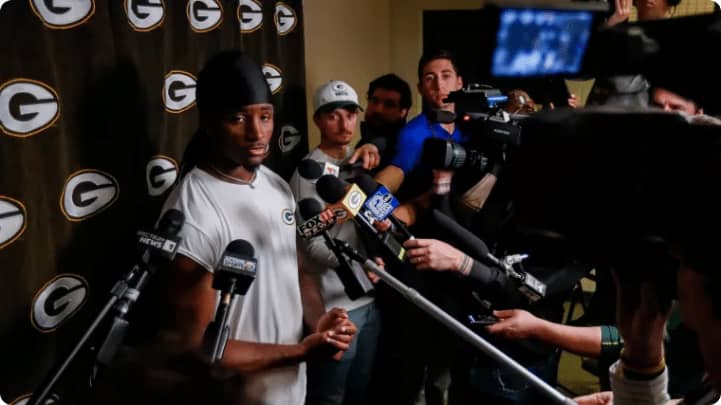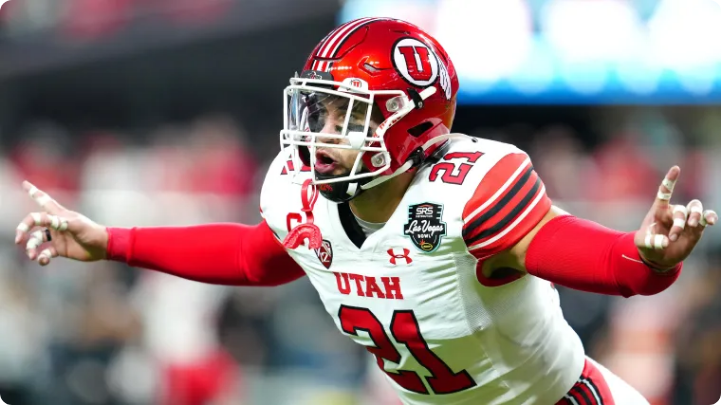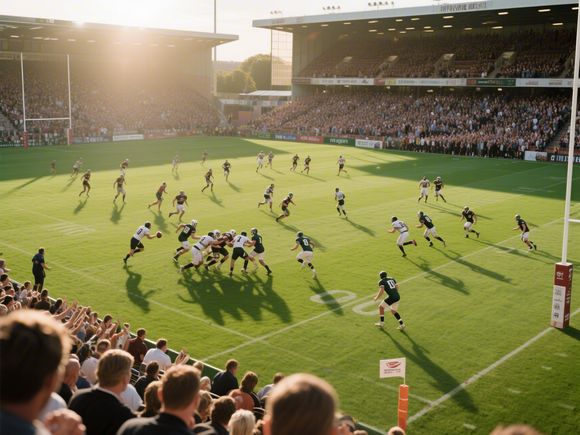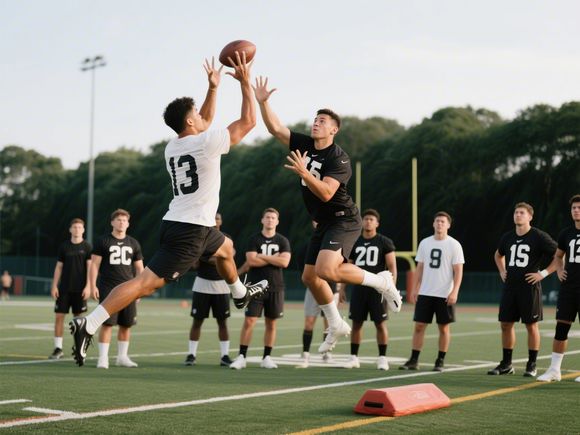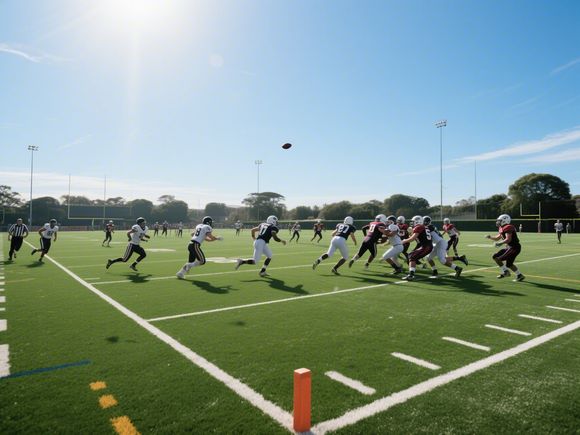New York Giants Unveil Bold QB Strategy Amid OTAs: Wilson, Winston, and a Rookie Wildcard
FEEL UNSTOPPABLE IN GEAR THAT MOVES WITH YOU.
From lightweight running shorts to moisture-repellent jackets – every piece is crafted for peak performance and head-turning style.
Need sports gear? Get it on sale now – discounts you can’t resist! <--ClickThe Wilson Factor: A Veteran’s Leadership Under Pressure
Signing 36-year-old Russell Wilson to a one-year, $10.5 million contract (with incentives up to $21M) positions him as the Giants’ immediate solution. Despite early struggles—such as a 1-of-4 performance in red-zone drills—head coach Brian Daboll praises Wilson’s leadership and familiarity with high-stakes scenarios. “Russell brings a championship pedigree,” Daboll stated, emphasizing the team’s focus on building chemistry and refining Wilson’s decision-making within their system.
Winston’s Resurgence: A Backup with Hidden Potential
Jameis Winston’s $3 million deal signals the Giants’ commitment to maintaining competition at the QB position. While his interception during 7-on-7 drills reminds fans of past inconsistencies, his familiarity with Daboll’s playbook (from their time together in New England) and raw arm strength make him a valuable backup. The team views Winston as both a mentor for younger QBs and a safety net for critical moments.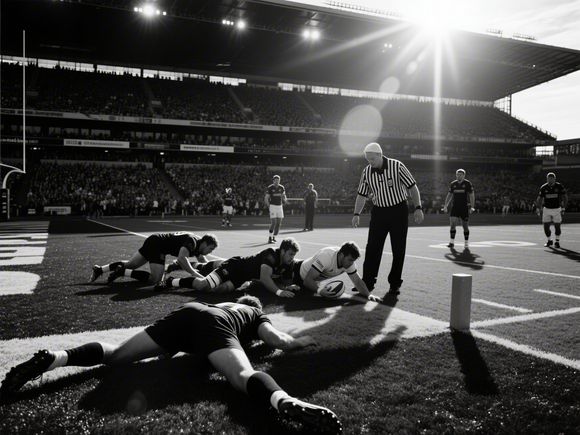
The Rookie Wildcard: Jaxson Dart’s Rapid Rise
Third-round pick Jaxson Dart has surprised observers with his performance in red-zone drills, including a touchdown pass and rushing score. Though his college completion rate (59.1%) suggests room for improvement, his mobility and pocket awareness—compared to Daniel Jones—have earned praise. Daboll hinted at a “redshirt” season for Dart, allowing him to develop behind Wilson and Winston while retaining long-term upside.
Strategic Balance: Immediate Needs vs. Future Vision
General Manager Joe Schoen’s moves reflect a dual focus: winning now with Wilson and laying groundwork for Dart’s future. This contrasts with failed attempts to sign veterans like Matthew Stafford and Aaron Rodgers. “We’re not chasing quick fixes,” Schoen stated. “This roster needs Stability and a clear path forward.”
Daboll’s Playcalling and System Integration
Daboll’s offense—rooted in play-action, RPOs, and tight-end utilization—is being tailored to Wilson’s strengths. Hybrid formations, such as using Saquon Barkley as a pass-catcher and stacking tight ends, aim to exploit mismatches. Meanwhile, defensive coordinator Wink Martindale’s aggressive schemes force QBs to make quicker decisions, a key adjustment for Wilson in a division with elite pass-rushers like Haason Reddick.
Key Takeaways
- Wilson’s Adaptation: Early struggles are expected, but his leadership and experience will be critical in playoff scenarios.
- Dart’s Development: His OTAs performance has accelerated discussions about his role, though patience remains essential.
- System Overhaul: Daboll’s hands-on approach in OTAs aims to deeply embed his system before the season.
Conclusion: A Calculated Gamble for Revival
The Giants’ QB strategy blends veteran leadership with rookie potential—a gamble aimed at franchise revival. With Wilson as the “bridge” to the future and Dart as the long-term solution, success hinges on chemistry, health, and Daboll’s ability to optimize the roster. As OTAs continue, eyes remain on Wilson’s consistency, Winston’s resilience, and Dart’s growth—a trio that could define the team’s path for years.


